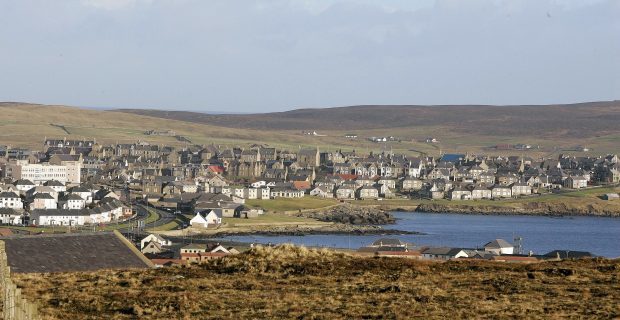OF THE
TIMES
This parasite needs to be careful when he goes back out into the world because some people in Blighty ain't so forgiving. He could end up dead...
Unaware that they abandon future prospects for a short-term gain. Or, to quote the famous Mr. Ulyanov : The capitalists will sell us the rope with...
Warsaw wants to host NATO arms under the bloc's sharing scheme. Who is that „Warsaw”? All the Warsaw's inhabitants, maybe? Really? Or perhaps...
Moscow describes it as a proxy war being waged by Washington and its partners, using Ukrainians as "cannon fodder" to further Western interests....
As far as I can make out this is an official UN Document now archived, the term of service in this link seems to confirm the authenticity, read a...
To submit an article for publication, see our Submission Guidelines
Reader comments do not necessarily reflect the views of the volunteers, editors, and directors of SOTT.net or the Quantum Future Group.
Some icons on this site were created by: Afterglow, Aha-Soft, AntialiasFactory, artdesigner.lv, Artura, DailyOverview, Everaldo, GraphicsFuel, IconFactory, Iconka, IconShock, Icons-Land, i-love-icons, KDE-look.org, Klukeart, mugenb16, Map Icons Collection, PetshopBoxStudio, VisualPharm, wbeiruti, WebIconset
Powered by PikaJS 🐁 and In·Site
Original content © 2002-2024 by Sott.net/Signs of the Times. See: FAIR USE NOTICE

Reader Comments
to our Newsletter